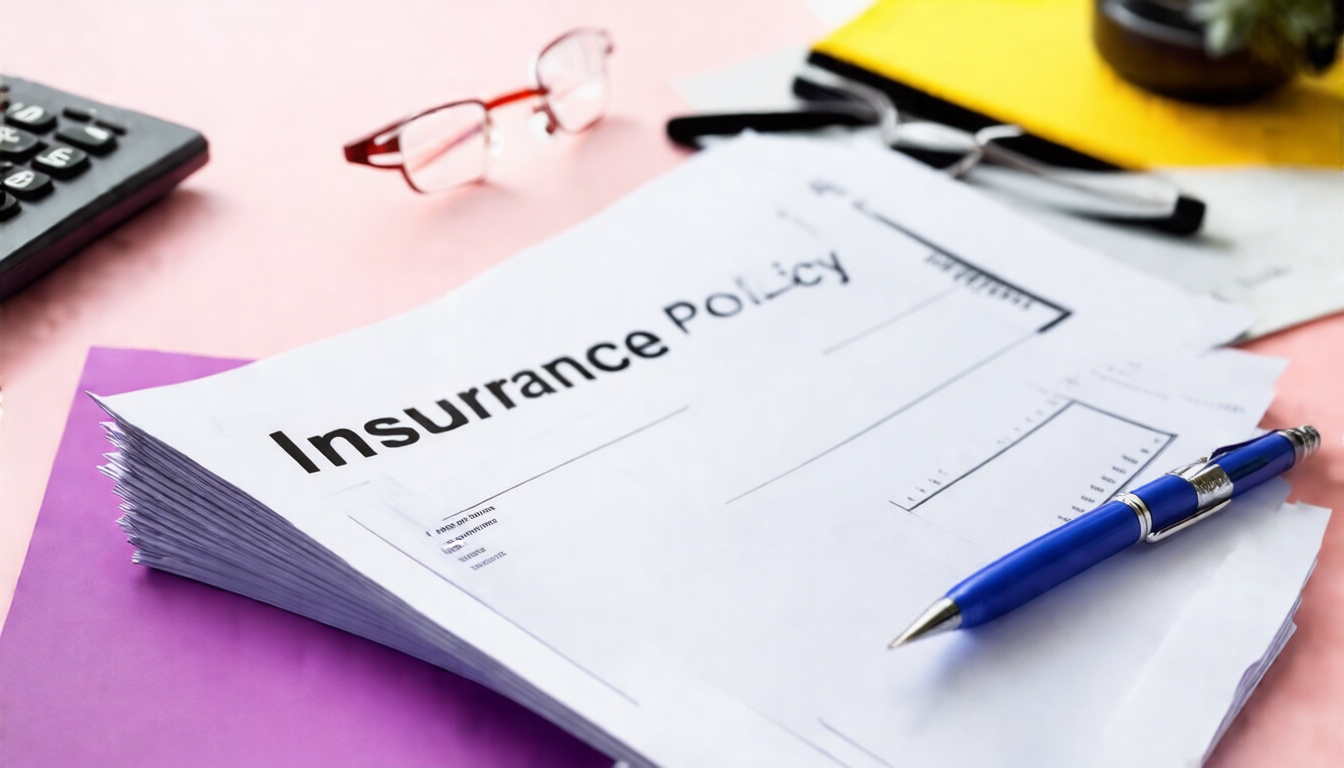When it comes to protecting your assets and financial well-being, understand liability insurance coverage limits.
If you own a home, run a business, or drive a car, liability insurance helps. It covers damages or injuries you cause. The safety net depends on the limits you choose. This article explains what these limits are, why they matter, and how to choose them.
What Are Liability Insurance Coverage Limits?
Liability insurance coverage limits set a clear maximum.
They tell you the most your insurer pays per claim.
The insurer sets a financial cap on every claim you make.
There are two common types:
- Per occurrence limit: The max for one claim.
- Aggregate limit: The max for all claims in one policy term.
For example, with a $100,000 per occurrence limit and a $300,000 aggregate limit, the insurer pays up to $100,000 for each claim but no more than $300,000 for all claims during the policy period.
Why Do Liability Insurance Coverage Limits Matter?
Choose limits that protect your finances.
If damages exceed your limits, you must pay the difference.
Higher limits can protect your home, savings, and other assets.
They meet state rules and safeguard your business.
Better limits also keep your mind at ease during accidents or lawsuits.
Factors to Consider When Choosing Your Liability Insurance Coverage Limits
Select limits by weighing your risk and money matters. Consider these points:
1. Assets and Net Worth
Add up your property, savings, and investments. High limits protect these assets if you face a lawsuit.
2. Risk Exposure
Think about the chance to be sued. Business owners, landlords, and even drivers with teens face more risk.
3. Industry Standards and Legal Requirements
Some jobs or industries ask for certain limits. Auto and home policies must follow state minimum rules.
4. Potential Severity of Claims
Some accidents incur high damages. High limits help you deal with costly claims.
5. Cost of Coverage
Better limits come with higher premiums. Weigh the extra cost against the protection you need.
Types of Liability Insurance and Their Coverage Limits
Liability insurance appears in many forms:
- Auto Liability Insurance: Covers injuries and property damage from your vehicle. It may show split limits, such as 100/300/50.
- Homeowners Liability Insurance: Protects against accidents on or from your property.
- Commercial General Liability Insurance: Covers businesses for injuries, damage, and advertising harm.
- Professional Liability Insurance (Errors and Omissions): Shields professionals from claims of mistakes or negligence.
Each policy has its own limits. Check them closely to avoid coverage gaps.

How to Increase Your Liability Insurance Coverage Limits
If your current limits feel low, try these steps:
-
Purchase Higher Limits on Your Policy
Many insurers let you choose higher limits when you renew or buy a new policy. -
Add an Umbrella Insurance Policy
An umbrella policy adds extra limits above your base policy, often starting at $1 million. -
Bundle Policies
Bundling home, auto, and umbrella policies can lower costs while increasing your coverage limits.
Sample Liability Insurance Coverage Limits to Consider
| Policy Type | Common Minimum Limits | Recommended Limits for Better Protection |
|---|---|---|
| Auto Liability Insurance | $25,000/$50,000/$25,000 | $100,000/$300,000/$100,000 |
| Homeowners Liability | $100,000 | $300,000 – $500,000 |
| Commercial General Liability | $1 million per occurrence | $2 million or higher for high-risk operations |
| Umbrella Liability | N/A | $1 million – $5 million |
Frequently Asked Questions About Liability Insurance Coverage Limits
1. What happens if a liability claim exceeds my coverage limits?
If a claim costs more than your limits, you pay the extra amount. In tough cases, you might see wage garnishment or a loss of assets.
2. Are state minimum liability coverage limits enough?
State minimums keep insurance affordable and tend to be low. They may not offer real protection in a serious accident. It is wise to choose higher limits based on your risk.
3. Can I increase my liability coverage limits after buying a policy?
Yes, you can. Contact your insurer or update your policy at the renewal time. Keep in mind that higher limits can raise your premium.
Conclusion: Protect Yourself with Appropriate Liability Insurance Coverage Limits
Know your liability insurance coverage limits and choose them carefully.
Review your assets, risks, and needs.
Do not pick the bare minimum just to lower costs.
An umbrella policy or higher limits can add extra protection.
Speak with a licensed agent for help with your coverage.
By choosing well, you protect your money and future.
For more guidance on liability insurance and further coverage strategies, visit the Insurance Information Institute (source).
Author: Doyle Weaver, Attorney at Law
Home | Estate Planning | Personal Injury | Hill Country Lawyer | Terms of Service | Privacy Policy
© 2025 Digital Law Firm, P.C.
Disclaimer: The content provided in this blog is for educational and informational purposes only. It is not intended to constitute legal advice or establish an attorney-client relationship. The information presented does not address individual circumstances and should not be relied upon as a substitute for professional legal counsel. Always consult a qualified attorney for advice regarding your specific legal situation. The author and publisher are not liable for any actions taken based on the content of this blog.

Leave a Reply